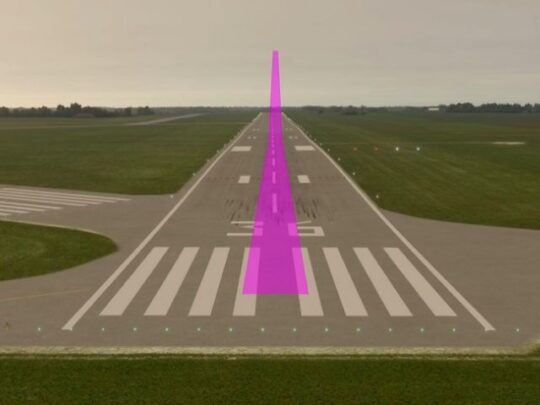Subscriber question:
"What’s an IFR block altitude and how would you use one?"
Martin:
“Cruising at even thousands westbound and odd thousands eastbound works well on many IFR flights. But sometimes it helps to have a little more flexibility, for example if you are already flying pretty high, with an engine that’s almost out of steam, but you long for just another two or three hundred feet higher to stay out of the bumpy or icy cloud tops. We have all been there.
This is a good use case for asking ATC for a block altitude. Now, you may think: if I’m cruising eastbound at 11,000 feet and I want to go a bit higher, why not just request 11,300 feet, or an even 12,000? It would be a good request, but one which – from my experience – will more often than not result in confusion on the side of the controller. They have reminded me in such cases of what the “correct” altitude for an eastbound flight is, and maybe offered a climb to 13,000 feet.
The irony is: from a purely practical point of view, you are more likely going to get exactly what you want (namely, cruising 11,300 feet) by making only a vague request in the form of a block altitude. “N123, request block altitude eleven thousand to twelve thousand” will, in much of the US, usually be met with swift approval from the controller.
An added benefit is that subsequent slight changes from your intended altitude are likely already included in your assigned block altitude. So when the clouds and bumps reach just a tad bit higher than they first did – well, you already have ATC’s permission to go a bit higher, or lower, as you see fit. You can also climb and descend with as much or as little vertical speed as you like – which is good if your engine is already giving all it can at high altitude. When you are done, cancel the block, and you are back in the normal world with a single altitude assigned.”

